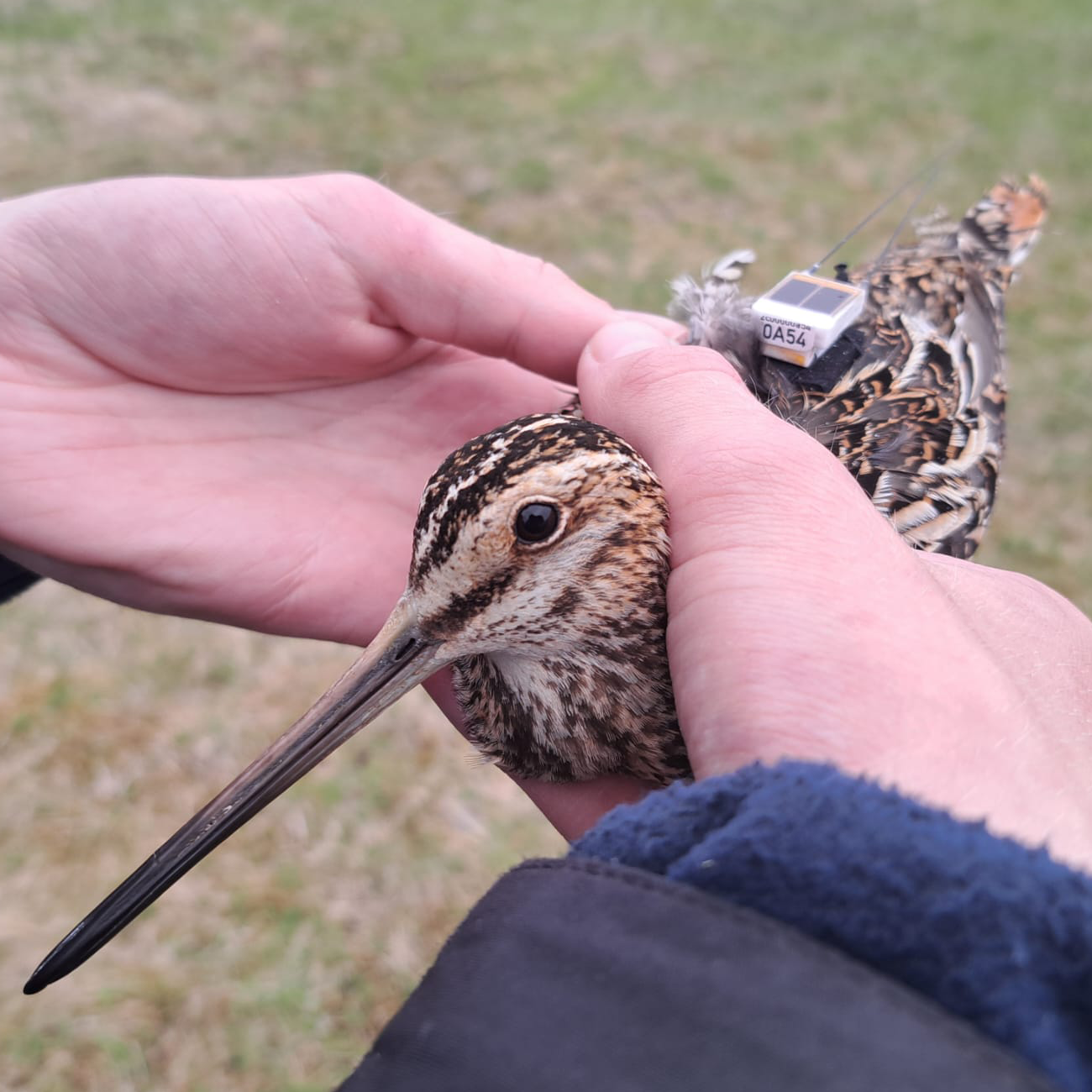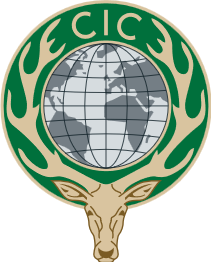Hunter-led Conservation
How Hunting Grounds act as sanctuaries for wildlife, biodiversity restoration, and a legacy for future generations
The Misunderstood Conservation Power of Hunting Grounds
Hunters have long been instrumental in preserving natural landscapes, often without widespread recognition. In Europe and Africa, for example, millions of hectares of land have remained ecologically intact in the face of intensive human development pressures due to their status as hunting grounds. These areas serve as crucial habitats for diverse wildlife and plant species, contributing significantly to biodiversity conservation. Wetlands are particularly under pressure from development. Hunters have been instrumental in protecting and restoring wetland habitats, which are critical for many species, particularly migratory birds.
Private Landowners: Conservation's Unsung Champions
Case Study: According to the German Federal Ministry of Food and Agriculture (BMEL), 48% of German forests are privately owned. A significant portion are managed as hunting grounds, some by CIC members, providing essential habitats for species like the red deer and wild boar
The Science Behind Hunter-Led Conservation

Lobbying for Nature: Hunters as Political Advocates
OECMs: Recognizing Hunting Grounds in Global Conservation Efforts
Other Effective area-based Conservation Measures (OECMs) under the Global Biodiversity Framework recognise sustainble use in public and private lands. This acknowledgment highlights their importance in achieving international conservation targets.
Future Prospects: Enhancing the Role of Hunters in Conservation
50% decline
in parts of Europe

Vital Statistics
Scientific name: Gallinago gallinago
Length: 25-27cm
Wingspan: 46cm
Weight: 110g
Average lifespan: 3 years
